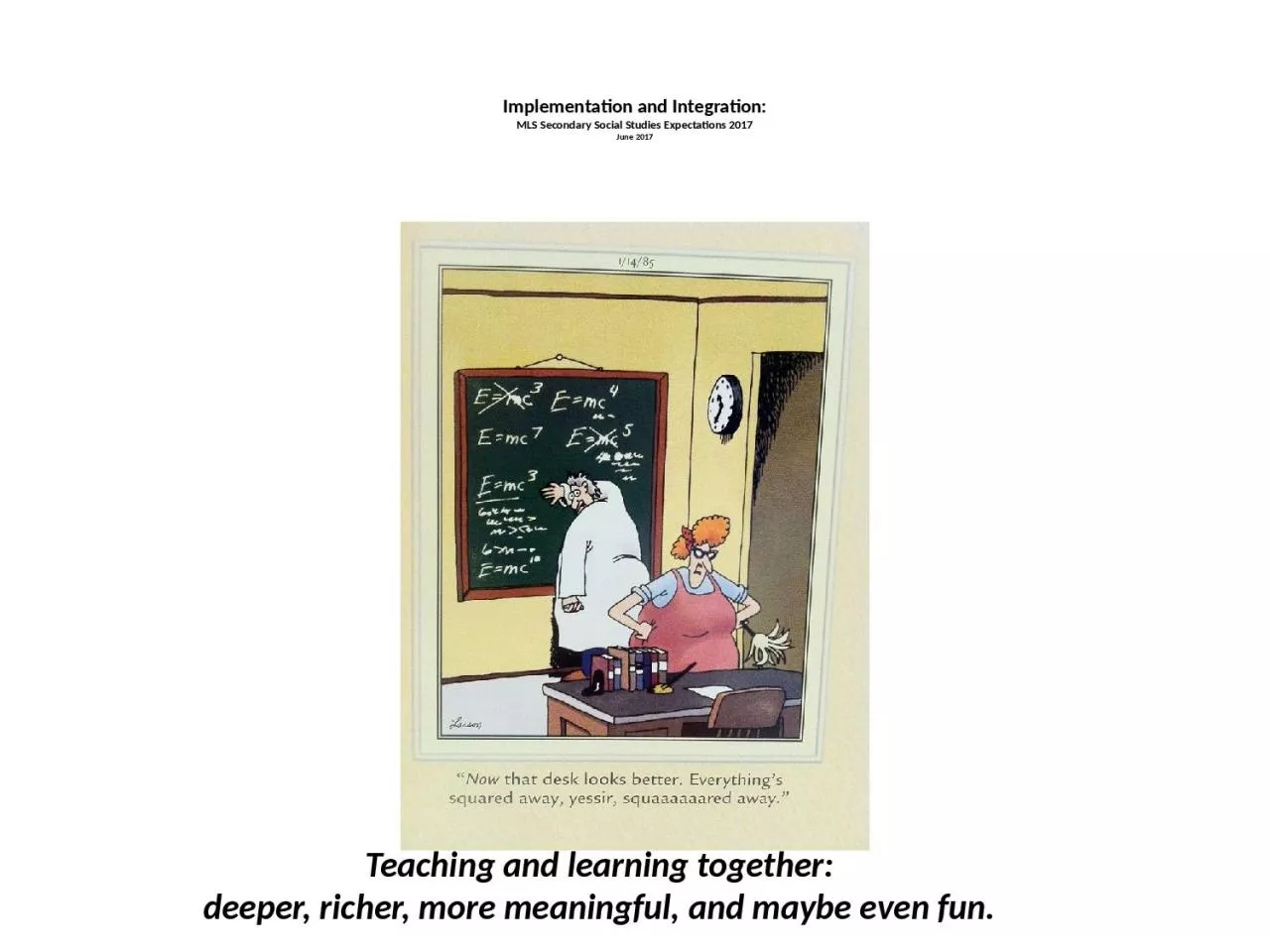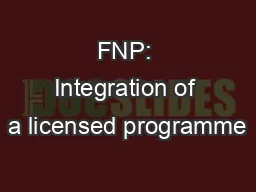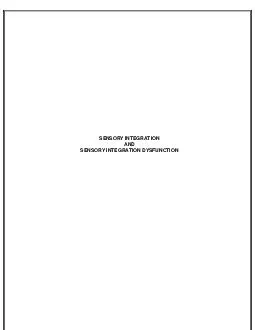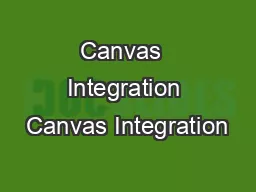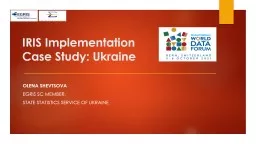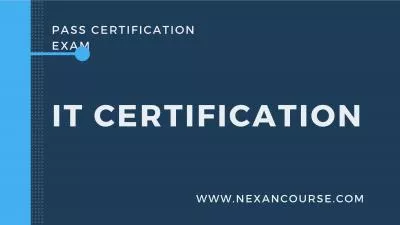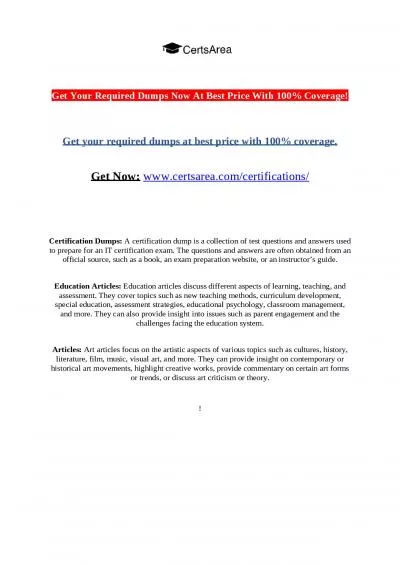PPT-Implementation and Integration:
Author : mila-milly | Published Date : 2024-02-02
MLS Secondary Social Studies Expectations 2017 June 2017 Teaching and learning together deeper richer more meaningful and maybe even fun Agenda June
Presentation Embed Code
Download Presentation
Download Presentation The PPT/PDF document "Implementation and Integration:" is the property of its rightful owner. Permission is granted to download and print the materials on this website for personal, non-commercial use only, and to display it on your personal computer provided you do not modify the materials and that you retain all copyright notices contained in the materials. By downloading content from our website, you accept the terms of this agreement.
Implementation and Integration:: Transcript
Download Rules Of Document
"Implementation and Integration:"The content belongs to its owner. You may download and print it for personal use, without modification, and keep all copyright notices. By downloading, you agree to these terms.
Related Documents

